Introduction of carbonization furnace
The biomass pellet carbonization furnace is an advanced thermal conversion system that efficiently transforms compressed organic materials like sawdust pellets, rice husks, and agricultural residues into high-quality charcoal through oxygen-limited pyrolysis. Utilizing innovative hot air circulation technology, this equipment achieves exceptional 99% carbonization efficiency while dramatically reducing processing time from 24 hours to just 6-8 hours. Designed for both industrial and commercial applications, it offers energy-saving operation with combustible gas recovery, environmental compliance through integrated emission controls, and consistent production of uniform charcoal pellets ideal for metallurgical, fuel, and filtration purposes.
Working Process Description
The biomass pellet carbonization furnace operates through an integrated workflow: Raw materials (pellets or logs) are fed into the chamber through the inlet and ignited under controlled oxygen-limited conditions. The anoxic distillation process at high temperatures simultaneously produces premium charcoal, combustible gas, and wood tar. An intelligent environmental protection system purifies exhaust gas via a three-stage "roof → water-cooling box → air blower" pipeline, achieving over 95% particulate removal. The system ensures full resource utilization by recycling combustible gas as auxiliary fuel and refining wood tar into chemical raw materials, establishing a true zero-waste green production cycle.
Application Scenarios
1. Industrial Production:Produces high-purity carbon materials for metallurgy (e.g., steelmaking carbon additives), chemical industry, and water treatment (activated carbon).
2. Commercial Charcoal Production:Ideal for large-scale production of barbecue charcoal, household heating charcoal, etc., with a batch output of 500–1,000 kg.
3. Agricultural Waste Recycling:Converts crop straws, nut shells, and other agricultural residues into valuable charcoal products, promoting rural circular economy and additional income for farmers.
Environmental and Economic Benefits
1.Low Emissions: Reduces air pollutants (CO, NOx) by over 95% compared to traditional earth kilns (≤30% purification rate).
2.Energy Efficiency: Consumes only 800–1,000 kWh/ton of charcoal, versus 1,500–2,000 kWh for conventional methods.
3.By-Product Value: Maximizes resource utilization by repurposing gas and tar, enhancing profitability.
Future development prospects
With the global emphasis on carbon neutrality and renewable energy, the demand for biomass carbonization equipment is expected to grow at a compound annual growth rate of 8–10% in the next five years. Our R&D team is currently developing a second-generation carbonization furnace with solar-assisted heating and AI-driven intelligent optimization, which will further reduce energy consumption and improve production flexibility, adapting to the diversified needs of the market.

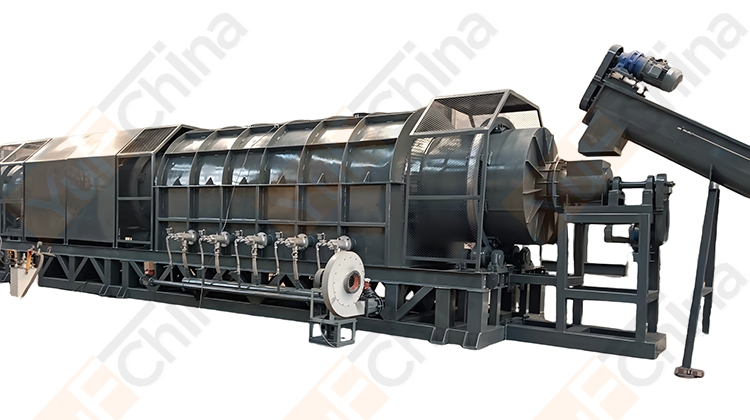


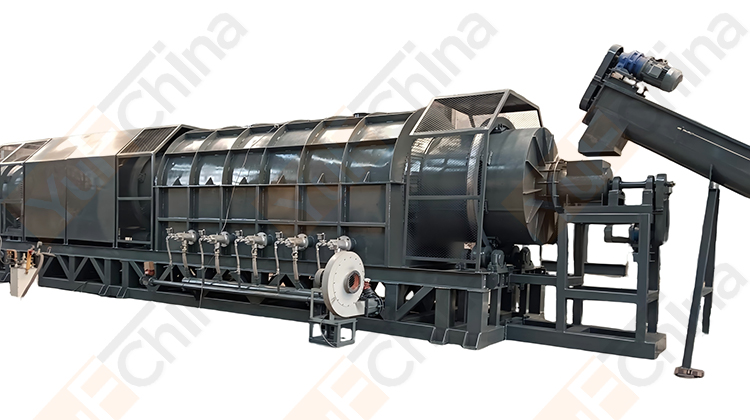
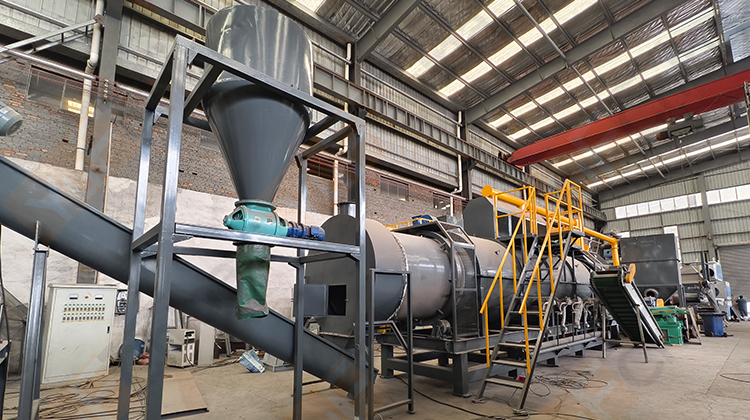

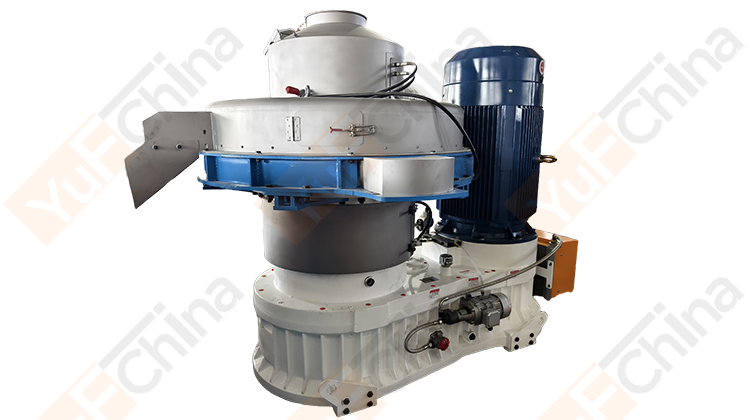
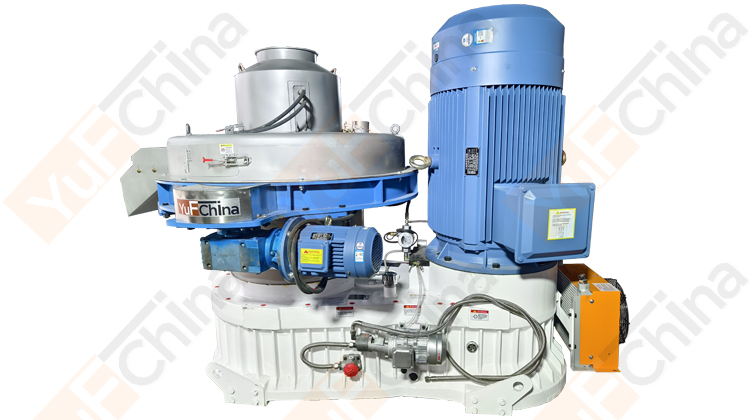
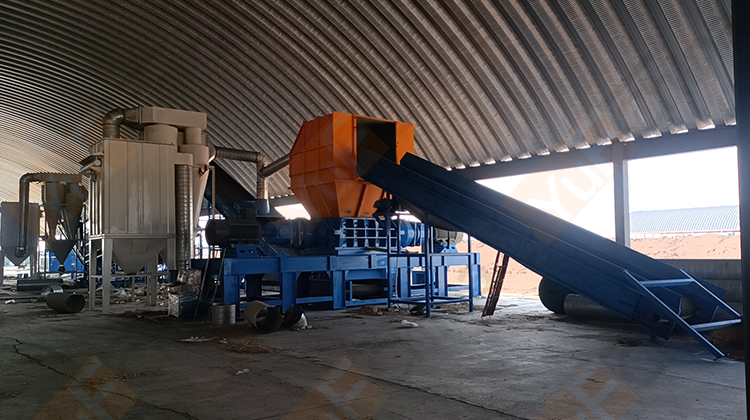
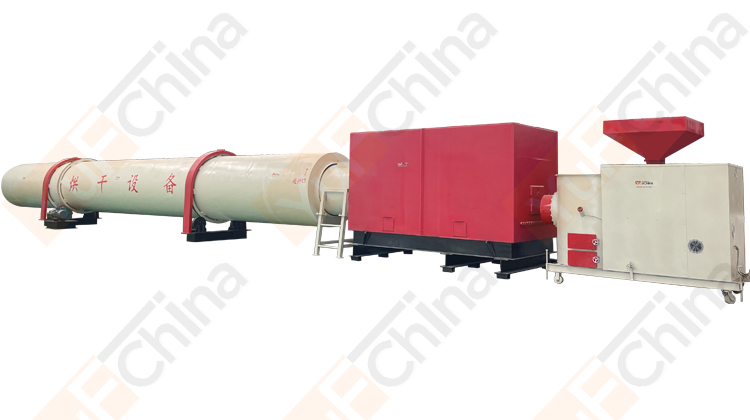
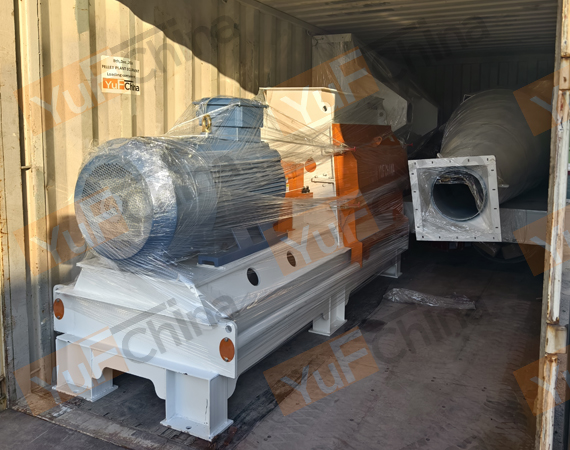
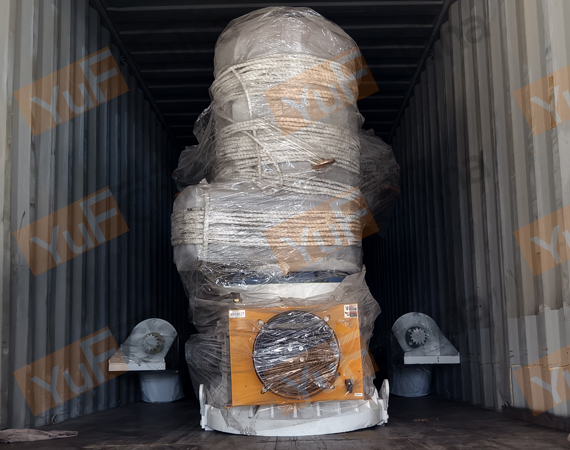
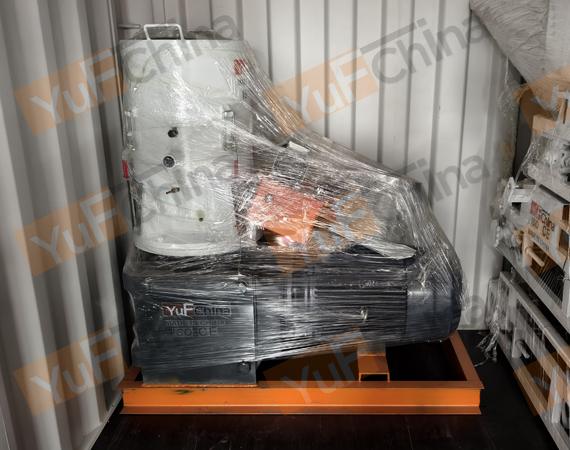
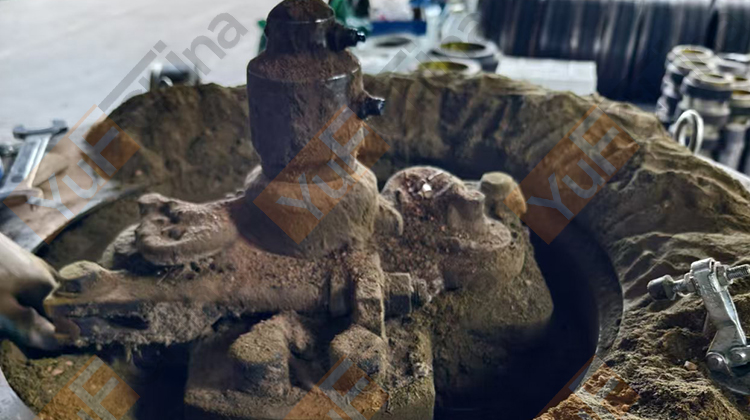
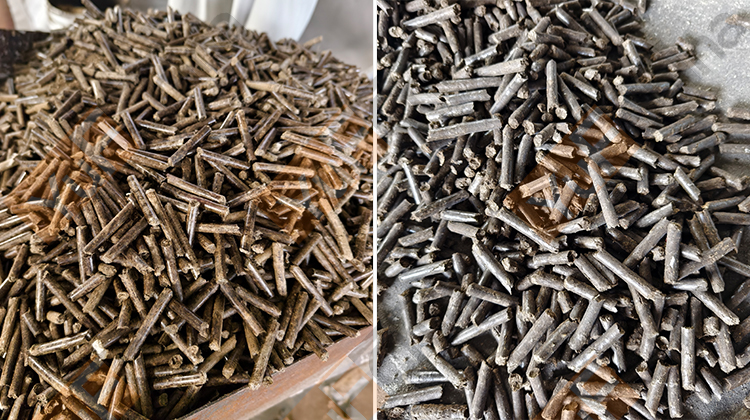
GET IN TOUCH WITH US